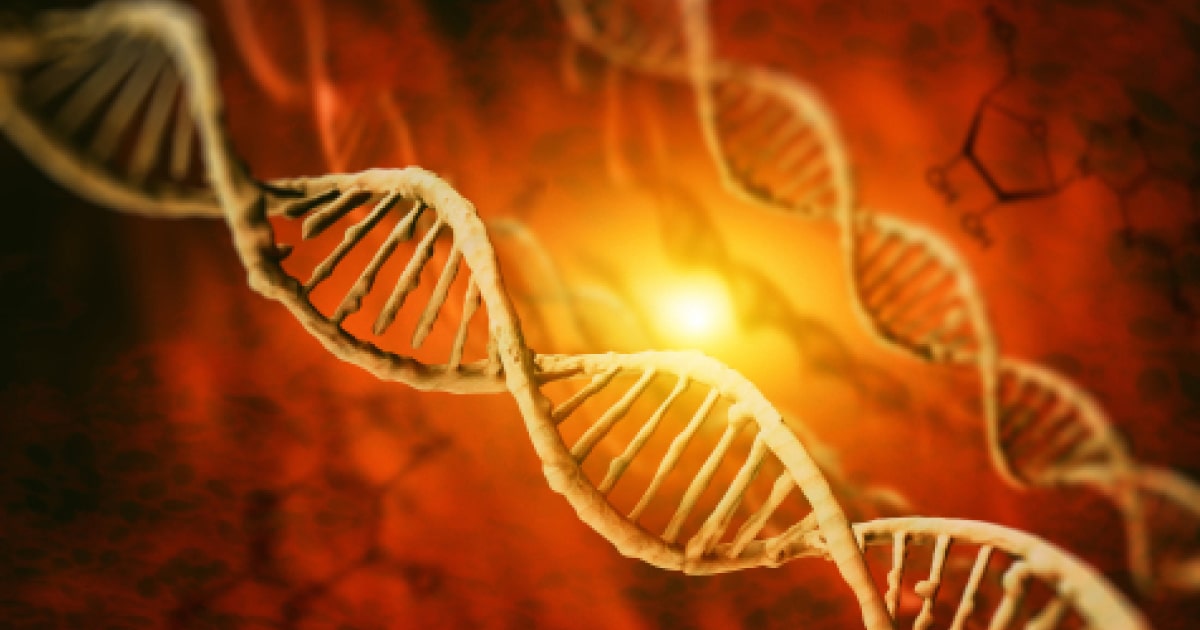
Expert Reviewed By: Dr. Brandon Colby MD
Lower limb muscle weakness is a common symptom associated with various neuromuscular disorders, often making it difficult for healthcare professionals to pinpoint the exact cause. However, recent advances in genetic testing have revolutionized the way we understand, diagnose, and manage these conditions. This article delves into the world of genetic testing and its applications in the context of lower limb muscle weakness, drawing insights from recent studies and case reports.
Understanding Lower Limb Muscle Weakness
Lower limb muscle weakness can manifest in different forms, such as difficulty in walking, climbing stairs, or maintaining balance. It may be a consequence of various neuromuscular disorders, including late-onset Pompe disease, limb-girdle muscular dystrophy, and congenital myasthenic syndrome, among others1,2,3,4. Due to the diverse range of underlying causes, accurate diagnosis and management of lower limb muscle weakness can be challenging.
Genetic Testing: A Powerful Diagnostic Tool
Genetic testing has emerged as a valuable tool in the diagnosis and management of neuromuscular disorders. By analyzing an individual's DNA, genetic testing can identify specific gene mutations that may be responsible for the observed symptoms. This information can help healthcare professionals make more informed decisions about treatment options and provide patients with a better understanding of their condition.
Identifying Late-Onset Pompe Disease in High-Risk Patients
A recent study in Saudi Arabia aimed to determine the prevalence of late-onset Pompe disease among high-risk patients with limb-girdle muscle weakness1. Genetic testing was used to identify patients with mutations in the GAA gene, which is responsible for this rare and often underdiagnosed disorder. By identifying the presence of late-onset Pompe disease in these patients, healthcare professionals can implement appropriate management strategies, such as enzyme replacement therapy, to improve patient outcomes.
Uncovering a Founder Mutation in South Indian Patients
Another study focused on identifying a founder mutation in the GMPPB gene, which causes a mild form of limb-girdle muscular dystrophy in South Indian patients2. Genetic testing was instrumental in uncovering this mutation, which can now be used as a diagnostic marker for this specific form of the disorder. This finding not only helps clinicians diagnose the condition more accurately but also contributes to our understanding of the genetic basis of limb-girdle muscular dystrophy.
Investigating Asymmetrical Leg Weakness and Foot Tingling
A case study of a 65-year-old man with asymmetrical leg weakness and foot tingling highlighted the utility of genetic testing in diagnosing neuromuscular disorders3. The patient's symptoms were initially attributed to peripheral neuropathy; however, genetic testing revealed a mutation associated with a different neuromuscular condition. This discovery allowed healthcare professionals to tailor the patient's treatment plan accordingly.
Understanding the Pathogenicity of CAPN3 Gene Variants
Genetic testing also played a crucial role in a case report investigating the pathogenicity of two CAPN3 gene variants causing autosomal recessive limb-girdle muscular dystrophy-14. The identification of these gene variants allowed researchers to establish a link between the patient's symptoms and the underlying genetic cause, which is essential for accurate diagnosis and management.
Conclusion
Genetic testing has proven to be a powerful tool in understanding, diagnosing, and managing lower limb muscle weakness and its associated neuromuscular disorders. By identifying specific gene mutations, healthcare professionals can make more informed decisions about treatment options, and patients can gain a better understanding of their condition. As our knowledge of the genetic basis of these disorders continues to expand, genetic testing will undoubtedly play an increasingly important role in the diagnosis and management of lower limb muscle weakness.
About The Expert Reviewer
Dr. Brandon Colby MD is a US physician specializing in the personalized prevention of disease through the use of genomic technologies. He’s an expert in genetic testing, genetic analysis, and precision medicine. Dr. Colby is also the Founder of and the author of Outsmart Your Genes.
Dr. Colby holds an MD from the Mount Sinai School of Medicine, an MBA from Stanford University’s Graduate School of Business, and a degree in Genetics with Honors from the University of Michigan. He is an Affiliate Specialist of the American College of Medical Genetics and Genomics (ACMG), an Associate of the American College of Preventive Medicine (ACPM), and a member of the National Society of Genetic Counselors (NSGC)